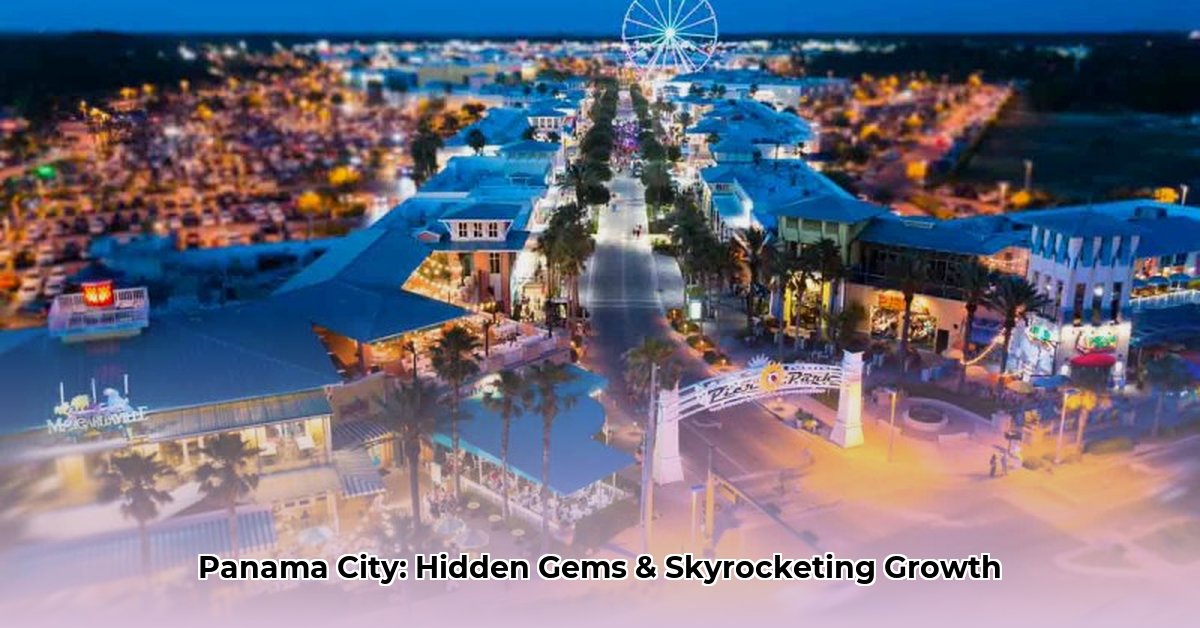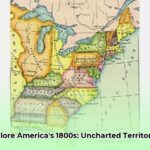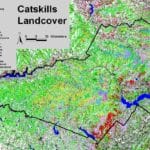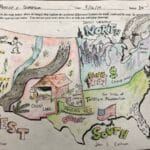Panama City thrives as a dynamic metropolis where history intertwines with modernity. Uncover the forces shaping this incredible city and their impacts on tourism through a visual exploration of Panama City’s growth and evolution using maps. Examine the historic Casco Viejo and the iconic Panama Canal, pinpoint successes, and highlight future plans, showcasing a commitment to sustainable growth and preserving its unique beauty. For a historical comparison, see this US map from 1800.
Urban Sprawl and Tourism Hotspots: A Mapped Perspective
Panama City embodies constant change, where echoes of the past meet the bustling energy of the present. A deep dive into its map offers a compelling lens to view its rapid growth and thriving tourism sector. This is not just a static image; it’s a constantly updating representation of the city’s past, present, and future aspirations. How does this expansion influence areas like real estate development and cultural preservation, shaping the city’s appeal to both tourists and residents?
From Colonial Outpost to Global Hub: The Canal’s Influence
For centuries, Panama City’s destiny has been inextricably linked to the Panama Canal, a pivotal artery of global trade. Imagine an old map depicting only a modest settlement. Today, the Canal’s impact is undeniable. The expansion of this engineering marvel reshaped the urban landscape, transforming Panama City into a major international hub. Modern maps reveal the city’s expanding arteries, accommodating the influx of people and goods. This growth represents a complex interplay of historical significance and modern ambition, driving economic upturn and infrastructural change.
A City of Contrasts: Old World Charm Meets Modern Metropolis
A detailed modern map reveals a captivating blend of old and new. Casco Viejo, a UNESCO World Heritage site, showcases cobblestone streets and colonial architecture. Nearby, modern skyscrapers symbolize Panama City’s dynamic financial center. This blend—historical charm against sleek modernity—is a major draw for tourists seeking authentic experiences alongside modern comforts.
However, this rapid development presents challenges. Can the current pace be sustained? What are the long-term environmental and social effects? These questions require careful consideration to ensure sustainable growth. Preservation of historical sites, cultural heritage, and the implementation of eco-friendly technologies are important to maintain a resilient tourism industry.
Stakeholder Benefits and Community Impact
The benefits of Panama City’s growth are not always evenly spread. How are local communities affected by the tourism boom? Do they share in the prosperity, or does it primarily benefit outside investors? A map showing tourist hotspots alongside lower-income areas visualizes this disparity. Sustainable development is essential to ensure equitable benefits for all stakeholders. Partnerships are vital—between residents, investors, and officials—to chart a path toward shared prosperity. It is vital to understand how tourism integrates with existing infrastructures.
Charting a Sustainable Future: A Roadmap for Growth
Panama City’s future relies on responsible growth management. How can it maintain tourism while protecting its environment and historical gems? This requires sustainable infrastructure, community-based tourism, and improved traffic management. A map layering proposed projects, green spaces, and preservation areas serves as a roadmap for sustainability.
“Eco-tourism initiatives, such as guided tours of local rainforests and sustainable accommodation options, can diversify Panama City’s tourism offerings and promote environmental stewardship” says Daniel Rubio, Territorial Planning Expert.
Real-Time Data: Visualizing Panama City’s Dynamics
An interactive, real-time map can be a powerful decision-making tool. It could display:
- Real-time tourist hotspots: Efficiently manage crowds at popular attractions, preventing overcrowding.
- Traffic patterns: Offering traffic flow insights help improve public transportation and road networks, reducing congestion.
- Construction projects: Highlighting sustainable infrastructure showcases environmental responsibility, attracting eco-conscious tourists.
- Air Quality Index: Providing real-time data on air quality to allow visitors to make health conscious decisions.
This data drives smart decisions, balancing economic growth with environmental protection and social equity, showcasing Panama City’s potential and inherent challenges. This digital approach keeps policymakers and stakeholders informed.
Mitigating Risks: Strategies for Sustainable Expansion
Panama City’s rapid expansion presents considerable risks but effective management can ensure sustainable development.
| Risk Factor | Impact Level | Mitigation Strategy |
|---|---|---|
| Unsustainable Urban Expansion | High | Implement strict building codes that prioritize sustainability; incentivize environmentally friendly construction. |
| Overcrowding & Traffic Congestion | High | Invest in expanding and improving public transport; promote cycling; implement smart traffic management systems. |
| Environmental Degradation | Medium | Enforce stricter environmental regulations; invest in waste management and renewable energy solutions; protect green spaces. |
| Inequitable Tourism Revenue | Medium | Develop community-based tourism initiatives; ensure a fairer distribution of tourism revenues; support local businesses. |
Addressing these risks proactively ensures Panama City’s positive trajectory. Continuous monitoring, adaptable strategies, and stakeholder collaboration are vital. The city’s future is constantly being shaped through informed decisions.
Measuring Tourism’s Impact: A Multifaceted Approach
Panama City’s tourism-fueled growth offers both opportunities and challenges. A nuanced approach to measuring tourism’s impact is essential. How can we effectively gauge its influence on urban development? What analytical techniques and data points are most important for capturing a comprehensive view?
Mapping the Tourist Footprint: Visualizing Pressure Points
Panama City’s map reveals tourism’s influence, with Casco Viejo showcasing preservation efforts and Punta Pacifica reflecting rapid construction. Overlaying tourist hotspots reveals areas experiencing the most pressure. This visual representation highlights the need to manage the impact on resources and communities by carefully distributing amenities.
Quantifying the Economic Ripple Effect: Beyond Direct Spending
Measuring tourism’s impact begins with assessing its direct economic contributions, including tourist spending and job creation. Analysis of employment numbers in hospitality, transportation, and related sectors reveals the broader economic picture. “Tourism’s contribution goes beyond direct spending, creating a multiplier effect that stimulates adjacent industries and generates employment opportunities,” claims a recent study by the Panama Economic Institute. Data from the Panama National Tourism Authority is a great resource for determining the economic impact.
Social and Environmental Impact: A Holistic View
Measuring tourism’s influence extends beyond economics. Consider its social impact: Does it enhance the quality of life for residents, or does it strain resources? Qualitative data from surveys and quantitative measures like housing costs paint a more complete picture. Evaluate the strain on water and energy, waste management, and air quality.
Key Indicators and Data Sources: Multiple Streams of Information
Effective measurement utilizes official government statistics, visitor surveys, and satellite imagery. Combining these sources allows for a comprehensive assessment and supports the implementation of data-driven policies. Using multiple methods allows for a detailed understanding of development. Some of these sources can include The World Bank and the United Nations Statistics Division.
Tracking Temporal Trends: A Longitudinal Perspective
Analyzing data over several years reveals long-term trends, distinguishing between short-term fluctuations and long-term patterns. Are impacts sustainable? “Longitudinal studies allow policymakers to understand the evolutionary nature of tourism impacts and adapt their strategies accordingly,” notes Professor Anya Sharma, Urban Planning at the University of Panama.
Stakeholder Engagement: A Collaborative Approach
Success relies upon collaboration. Involving communities, tourism businesses, and government ensures relevant data and actionable results, which helps address concerns and promotes a more comprehensive and sustainable strategy.
Key Takeaways:
- Tourism’s economic impact requires detailed analysis from various sectors.
- Social and environmental impact measurement is crucial for sustainable development.
- A multi-faceted approach, drawing on various data sources, is essential in providing a comprehensive overview.
- Longitudinal studies need to be undertaken to understand long-term trends and challenges.
- Collaboration among stakeholders supports comprehensive data collection and actionable results.
Sustainable Tourism Strategies: Balancing Growth with Preservation
Panama City balances booming tourism with preserving its unique character, revealing the interplay of factors that are shaping the city’s future. What innovative policies and regulatory frameworks are proving most effective in balancing these competing interests?
Mapping Panama City’s Growth: A Dynamic Landscape
Panama City’s map reflects decades of change. Older sections, like Casco Viejo, show a rich history, while newer areas illustrate rapid growth. This expansion presents both opportunities and challenges. Balancing economic needs with environmental preservation goals requires careful management of urban sprawl and sustainable tourism practices.
Consider the impact of tourism: it fuels the city’s economy, providing jobs and revenue. However, unchecked growth risks overwhelming infrastructure and degrading the environment, requiring careful visitor management and sustainable tourism practices.
Infrastructure and Impact: Managing Visitor Flow
Efficient transportation networks are crucial for managing visitor flow and reducing congestion. Is existing infrastructure adequate to sustain the current pace of growth? Developing sustainable transportation is paramount. Continued development and investment in infrastructure is critical to easing congestion and reducing the city’s carbon footprint.
Community Engagement: Involving Local Voices
Community involvement is essential. Does tourism revenue distribution create equitable benefits, or do negative impacts disproportionately affect local communities? Empowering local communities and involving them in planning builds a sense of ownership and responsibility
- Grace Hopper: The Admiral Who Made Computers Speak English: A Legacy of Innovation - August 4, 2025
- Lincoln’s Telegraph: Winning the Civil War - August 4, 2025
- Rosalind Franklin: The Uncredited Pioneer Behind DNA’s Structure: A Deeper Look - August 4, 2025
















